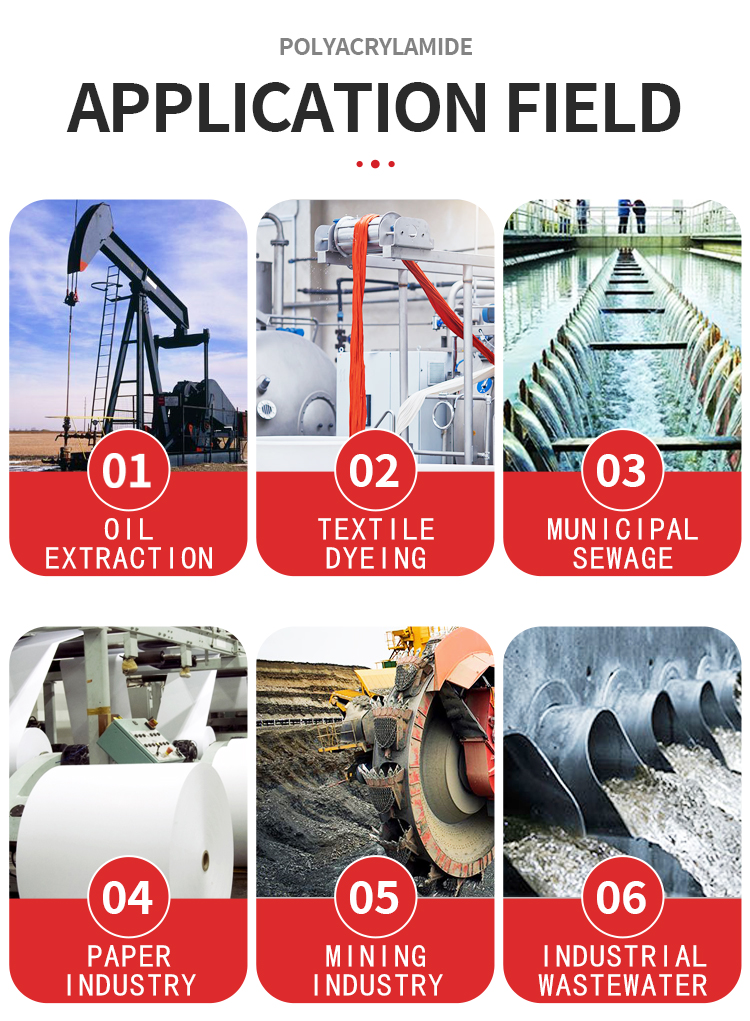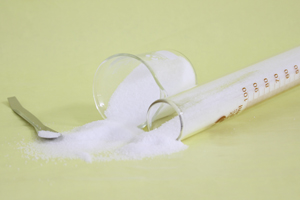Everyone knows that sewage treatment is inseparable from the flocculant polyacrylamide, or PAM. Polyacrylamide is widely used in water treatment, the textile industry, oil mining, printing and dyeing industry, paper industry, mineral processing, coal washing, breeding, building materials and other industries. It is known as an all-round product and is known as “auxiliary for all industries”. Today I will mainly talk to you about several misunderstandings in polyacrylamide selection.
Q1: Many friends are not clear about the types of polyacrylamide and cannot separate them, which will lead to mistakes when selecting models, resulting in no effect or unsatisfactory effects. So how should we choose the model?
A: The types of amides can basically be divided into three categories: cationic, anionic, and nonionic.
Cations are more suitable for complex water flocculation, sedimentation, clarification, etc., dehydration of urban sludge, and dehydration of organic sludge, etc.
Anions are used for flocculation, sedimentation, clarification, and precipitation of sewage. Of course, they can also be used for inorganic sewage (wastewater where the main pollutant is inorganic matter).
Non-ions are more suitable for the treatment of this weakly acidic (Ph value) sewage.
Q2: Ionicity and molecular weight are two very important points for amides. Some friends may ask, is the ionicity used to select models in the industry?
A: Ionicity refers to whether the ion charge of polyacrylamide is negative or positive, and the density of this charge. The higher the ionicity, the higher the price of the product. The ionicity has an impact on the tightness and water content of the sewage flocculation group, so we need to further determine the model through experiments during the selection process.
Q3: Does the longer the polyacrylamide dissolves, the better?
A: The appearance of PAM is a white crystalline granular powder. The general dissolution time cannot be less than 30 minutes. If it is cold in winter, the dissolution time should be appropriately extended.
Q4: Regarding the concentration of polyacrylamide, does the higher the concentration, the better the effect? Is this view correct?
A: The proportion concentration of PAM is generally one thousandth to three thousandths. The most suitable proportion for urban sludge and industrial sludge dewatering is between two thousandths and five thousandths dry parts. This requires We will make the ratio based on the actual concentration of sludge.


